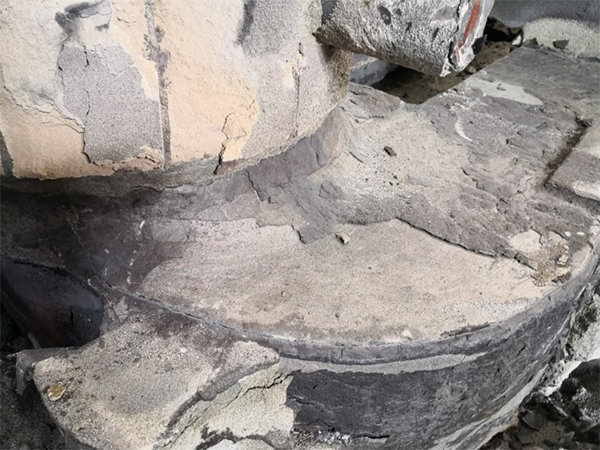Sand casting, one of the oldest and most versatile methods of metal casting, has a rich history that dates back thousands of years. Its origins can be traced to ancient civilizations, where artisans developed techniques for shaping metals, especially bronze and iron, to create tools, weapons, and decorative items.
The earliest evidence of sand casting can be found in ancient Egypt, around 3000 BC. Craftsmen used simple molds made from sand mixed with water to cast small metal objects. This technique allowed for the production of intricate designs and enabled mass production of artifacts, marking a significant advancement in metalworking.
.
During the Middle Ages, sand casting continued to thrive in Europe. The introduction of new alloys and metalworking techniques allowed artisans to produce more durable and complex items. Cast iron, in particular, gained popularity during this time because of its strength and versatility. The ability to cast large quantities of metal components significantly contributed to the development of tools and machinery, laying the groundwork for the Industrial Revolution.
sand casting history

The Industrial Revolution in the 18th and 19th centuries brought dramatic changes to sand casting. The demand for large-scale production of metal goods increased, leading to improvements in casting technology. The introduction of mechanized processes and standardized molds enabled foundries to produce items more efficiently and with greater precision. Innovations such as the use of green sand and the development of dry sand molds revolutionized the industry. The ability to produce high-quality casts at lower costs allowed for mass production, further embedding sand casting into the framework of modern manufacturing.
In the 20th century, technological advances continued to shape the sand casting process. The introduction of computer-aided design (CAD) and simulation technologies transformed how molds were created, improving accuracy and reducing waste. Today's foundries utilize automated equipment to streamline production, ensuring that the sand casting process remains relevant in a rapidly evolving industrial landscape.
In conclusion, the history of sand casting is a testament to human ingenuity and adaptation over millennia. From its primitive beginnings in ancient Egypt to its current role in contemporary manufacturing, sand casting has maintained its significance as a reliable and versatile method for producing metal parts. As industries continue to evolve, sand casting remains a vital process, blending tradition with modern technology, ensuring its place in the future of metalworking.
Post time:Nën . 04, 2024 19:33
Next:Bauxite and Frac Sand Understanding Their Industrial Applications and Market Trends
